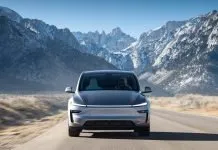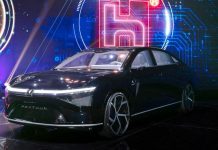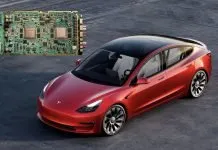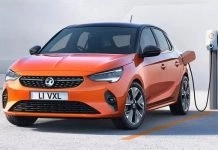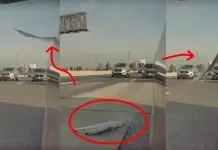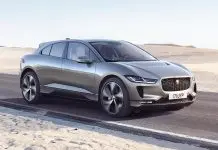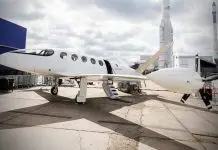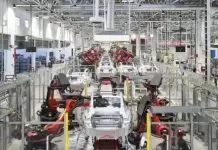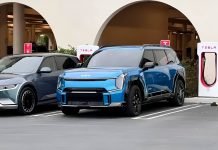Human space exploration has sparked fresh debates about our space activities and any odd objects we depart there. Recently, astronomers detected a speedy space object which they first mistook for a recently identified asteroid. The team conducting the observations located the suspected asteroid before discovering it was Elon Musk’s SpaceX-contracted Tesla Roadster space launched in 2018.
In February 2018 The Tesla Roadster served as a demo piece that SpaceX launched with their Falcon Heavy rocket. SpaceX Falcon Heavy launched the Tesla Roadster which contained Starman and Space Oddity audio playing from David Bowie while orbiting in an elliptical pattern around the sun. The discovery of the Roadster resulted in astronomers briefly placing the item under the asteroid label ‘2018 CN41’ when they observed it at approximately 150,000 miles from Earth whose position falls inside the orbit of the Moon. Researchers misinterpreted the object’s trajectory because it led them to label it as a near-Earth object during a brief initial classification period.
The Tesla Roadster’s presence in space was well-documented. Still, as it drifts farther from Earth and becomes harder to detect, its reappearance as a “false asteroid” has reignited public curiosity about its journey.
Why Was It Mistaken for an Asteroid?
The Tesla Roadster confuses astronomers because it operates like a small cosmic asteroid. Its solar orbit duplicates natural space rock pathways while distant observers see it reflects like metallic asteroids.
Prolonged space exposure through solar radiation and micrometeoroids has made the Tesla Roadster blend in with natural planets and space rocks. The recent discovery serves as a reminder that artificial spacecraft align with natural celestial bodies to camouflage their appearance from space observation efforts.
A Symbol of Humanity’s Presence in Space
The Tesla Roadster functions as both a unique spacecraft component as well as a relic which demonstrates how human exploration continues to expand through outer space. Traditional spacecraft with their scientific satellites fundamentally differ from the Roadster because it lacks any established practical applications. This demonstration showcases both creativity alongside technological innovation and cultural ambition.
Anytime the roadster launched critics pointed out its seeming pointlessness but backers maintained it generated mass fascination about space travel. The combination of the Roadster spacecraft with Starman and our planet Earth makes up one of the most memorable representations from space exploration over recent years.
The Minor Planet Center (MPC) at the Harvard-Smithsonian Center for Astrophysics quickly deleted the asteroid designation after confirming it was Musk’s Roadster. Elon Musk himself responded to the news with a casual “My car is orbiting Earth and Mars” along with a shrugging emoji.
Conclusion
This incident highlights several critical challenges in space tracking. The growing problem of differentiating man-made space debris from natural celestial objects meets the challenge of space object identification as well as creating potential identification errors that might waste space exploration resources. This event started several discussions about space traffic management protocols requiring upgrading alongside more detailed tracking technology for space monitoring.
For now, the Tesla Roadster will plunge forward through solar space for extended periods of hundreds of thousands of years unless solar system asteroid run-ins occur. Radiation together with micrometeoroid impacts will eventually result in car degradation until the Roadster becomes unidentifiable.




